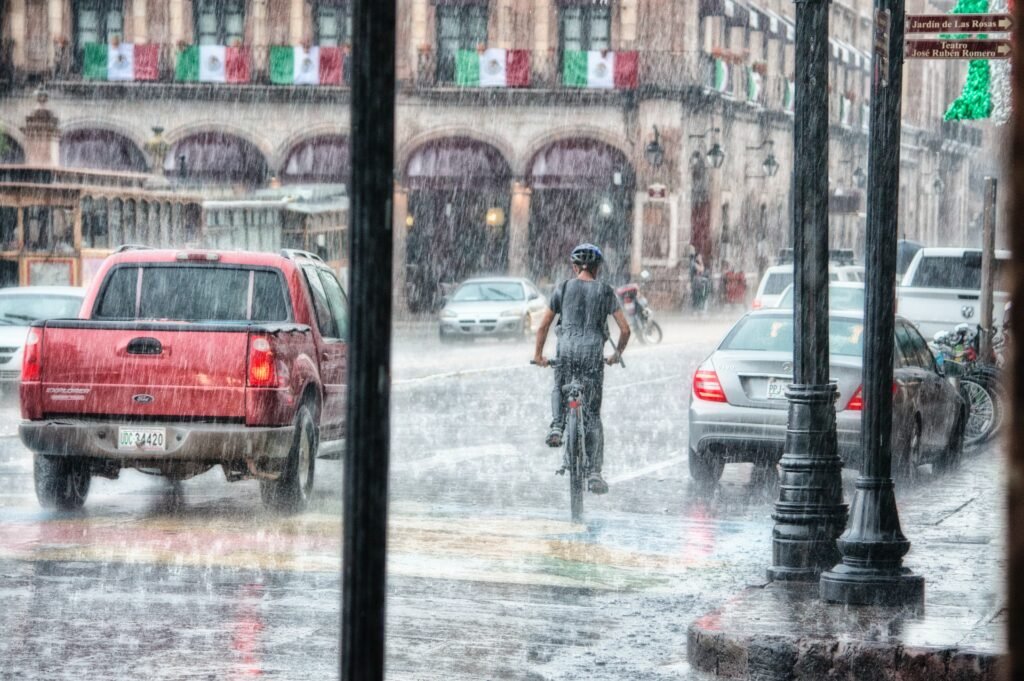How To Get Flood Insurance If Your Home Isn’t Protected
Flood Insurance; Floods can happen anytime, everywhere and in any condition. If you have lived in an area prone to flooding, you’ll understand why the National Flood Insurance Program (NFIP) was created.

It is no surprise that flood insurance is a crucial protection for homeowners, as they understand that floods can destroy their homes and everything inside them. In fact, the NFIP provides the primary insurance coverage for 90 percent of all homes in the United States.
The U.S. government requires insurance for nearly all properties in the nation, including mobile homes, low-lying and coastal properties, and single-family houses, but the NFIP offers a program for properties in floodplains.

While the goal of the program is to protect property owners from catastrophic flood losses, the NFIP doesn’t provide coverage for damages caused by a slow or moderate flow, even if the water rises high enough to reach some property’s foundation.
In order to qualify for flood insurance, however, you must live in a flood-prone area and have flood-prone property. For a home that is located in a floodplain, and is not otherwise protected by a private flood insurannce policy, the NFIP is the only option for coverage.
How to Get Flood Insurance If Your Home Isn’t Protected
Even though the flood insurannce program is a necessary protection for homeowners who live in areas vulnerable to floods, it is not a requirement for most people.
also read this: How To Get Cow Insurance For A Little Cost: New tips 2022

This is because flood insurance is generally not a financially sound option for most people. For example, your average flood-prone homeowner will spend $6,000 a year to purchase flood insurannce.
On the other hand, the average homeowner spends approximately $3,000 a year to pay for homeowners’ insurance.
According to the NFIP, you cannot purchase flood insurance if your home is located in a floodplain. In addition, flood-prone homes that are owned by people who do not purchase flood insurance typically must pay an additional premium to the NFIP, known as a “private flood insurannce surcharge.”
In order to qualify for flood insurance, you must have flood-prone property and reside in a flood zone. If you have flood-prone property, you can request an evaluation from the NFIP, or you can use this online form to request one.
If you don’t have flood-prone property, you can use this form to ask for a flood zone evaluation for your home.

If your home is in a flood zone, it is advisable to purchase flood insurannce from a private insurer to reduce the chance of a loss. You can also request a flood zone evaluation of your home from a private insurer.
When a private insurer determines that you are not eligible for flood insurannce, you will be required to pay an “excess loss charge” instead of paying a flood insurance premium.
If you have flood-prone property and are in a flood zone, you can contact your local flood office to find
How to Get Flood Insurance If Your Home Isn’t Protected
Here I am going to tell you about some effective ways to get flood insurance if your home isn’t protected.
1. Call for insurance and ask about it
Most people don’t have flood insurance coverage, so it is very important to call the local flood office and ask about the protection that you require. The officials will tell you about the steps that you can take to get flood insurance and will explain you the benefits of getting insurance.
2. Look for a policy
This is the most obvious way of getting flood insurance as you are purchasing it yourself. So, look for a policy that will meet your needs and that will give you a protection against flooding. Make sure that you check for the features and prices of different policies before finalizing one.
3. Research online
If you have a smartphone, then you can go online and start researching about the insurance policies. A good website will have all information regarding the different options of flood insurance and the features of the policy. You can look for a policy and compare the prices, as well as features.
